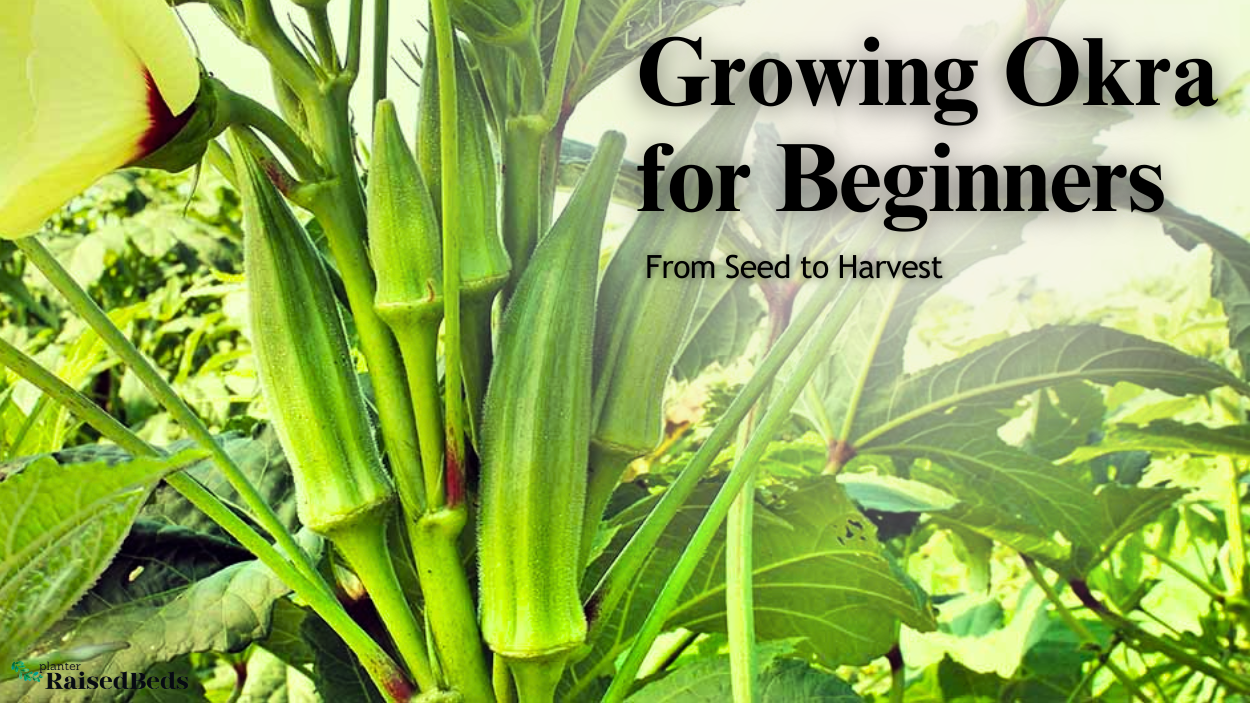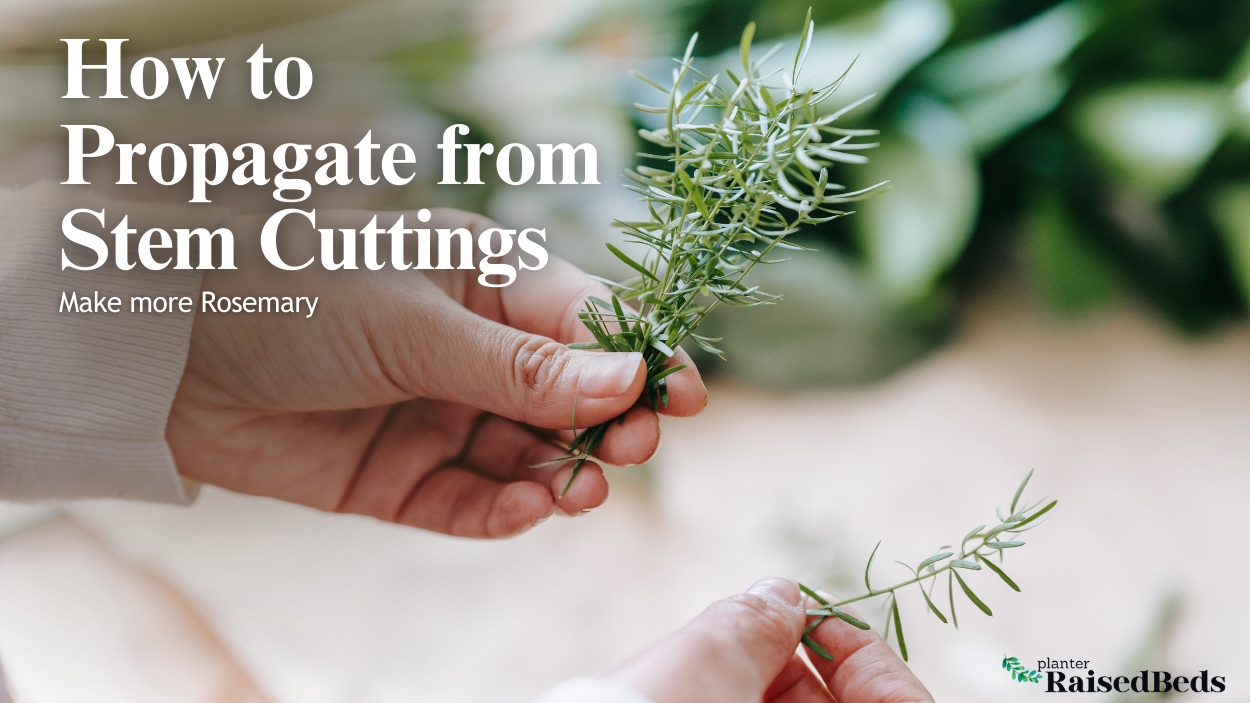To successfully grow quinoa, start by choosing an appropriate location with well-drained soil (pH 6-8) and ample sunlight. Prepare the soil by removing weeds and loosening it to a depth of 6-8 inches.
Plant the quinoa seeds about 1 inch deep, spacing them 10-12 inches apart. Maintain consistent moisture by watering the seeds thoroughly. It takes approximately 90-120 days for quinoa plants to mature, recognizable by vibrant colors and dry seed heads. Harvest by cutting the seed heads and allowing them to dry in a well-ventilated area. Separate the seeds from the dried heads and store them in a cool, dry place for future use.
What is Quinoa?
Common Name: Quinoa
Scientific Name: Chenopodium quinoa
pH of Soil: Quinoa prefers well-drained soil with a pH level between 6 and 8.
Light: Quinoa requires ample sunlight and thrives in full sun conditions.
Water Needed: Quinoa plants require consistent moisture throughout the growing season, so regular watering is essential. However, it is important to avoid overwatering to prevent waterlogged conditions.
Nutrition: Quinoa is highly nutritious and is considered a complete protein source as it contains all nine essential amino acids. It is also rich in dietary fiber, vitamins (such as B vitamins), minerals (including magnesium, phosphorus, and iron), and antioxidants.
Additionally, quinoa is gluten-free, making it suitable for individuals with gluten sensitivity or celiac disease.
Growing Quinoa From Seeds
Select a location with well-drained soil and ample sunlight.
Prepare the soil by removing weeds and debris.
Sow quinoa seeds directly into the soil, about 1 inch deep and 10 to 12 inches apart.
Water regularly to maintain soil moisture throughout the growing season.
Quinoa plants typically take 90 to 120 days to reach maturity.
Harvest the seeds when the seed heads turn dry and the plant displays vibrant colors.
Starting Quinoa Seed Indoors
Fill seed trays or pots with seed-starting mix.
Sow quinoa seeds on the surface of the mix and lightly press them down.
Moisten the soil and cover the tray or pots with plastic wrap to create a greenhouse-like environment.
Place the containers in a warm location or use a heating mat.
Once the seedlings have developed a few true leaves, transplant them outdoors after the last frost.
Growing Quinoa: Direct Seeding
Direct seeding is a popular method for growing quinoa, allowing for a straightforward and efficient process. Here's a detailed guide on how to grow quinoa through direct seeding:
Step 1. Soil preparation:
Select a location with well-drained soil and ample sunlight. Prepare the soil by removing weeds, rocks, and debris. Ensure the soil is loose and well-aerated to promote healthy root development.
Step 2. Sowing the seeds:
Once the soil is prepared, it's time to sow the quinoa seeds directly. Plant the seeds about 1 inch deep into the soil, spacing them approximately 10 to 12 inches apart. This spacing allows the plants to have enough room to grow and receive adequate sunlight and nutrients.
Step 3. Watering and moisture:
After sowing the seeds, water the planting area thoroughly. Quinoa requires consistent moisture to germinate and grow properly. Monitor the soil moisture levels and water regularly to maintain a consistently moist but not waterlogged environment. Be cautious not to overwater, as excessive moisture can lead to root rot.
Step 4. Weed control:
It's essential to keep the planting area free from weeds, as they can compete with quinoa for nutrients, sunlight, and water. Regularly inspect the area and remove any weeds that emerge. Applying mulch around the plants can help suppress weed growth and conserve moisture.
Step 5. Growth and care: As the quinoa plants begin to grow, provide them with proper care. Thin out any overcrowded seedlings to maintain the recommended spacing. Monitor the moisture levels and water as needed, especially during dry spells. Additionally, keep an eye out for any signs of pests or diseases, and take appropriate measures to control them if necessary.
Quinoa Cultivation in a Vegetable Garden
Growing quinoa in a vegetable garden offers the advantage of having fresh, homegrown quinoa alongside other edible crops. From my personal experienct, to grow quinoa in a vegetable garden, choose a sunny location within the garden that receives at least six hours of direct sunlight per day. Prepare the soil by removing any weeds, rocks, or debris and ensuring it is well-drained. Sow the quinoa seeds directly into the soil, following the recommended spacing. Provide regular watering to keep the soil evenly moist, especially during dry periods. Monitor the plants for pests and diseases, and take appropriate measures to protect them. With proper care and attention, your vegetable garden can yield a bountiful harvest of quinoa.
Quinoa Cultivation in Containers
Growing quinoa in containers is a great option for those with limited garden space or wanting to grow quinoa on balconies or patios. Choose a large container with drainage holes to provide sufficient space for the plant's root systems. Fill the container with a well-draining potting mix, leaving a few inches of space at the top. Sow the quinoa seeds on the surface of the soil and lightly press them down. Water the container thoroughly after sowing to ensure the soil is adequately moist. Place the container in a sunny location, ideally receiving six to eight hours of direct sunlight each day. Water the container regularly to keep the soil evenly moist, avoiding waterlogging. As the plants grow taller, provide support such as stakes or trellises to prevent them from toppling over. Regularly monitor the plants for pests and diseases, taking appropriate action if necessary. With proper care, you can successfully grow quinoa in containers, enjoying the satisfaction of homegrown quinoa in a compact space.
Common Quinoa Pests
Aphids, leafhoppers, and spider mites can infest quinoa plants.
Use insecticidal soaps or neem oil to control these pests.
Regularly inspect your plants for signs of infestation and take prompt action.
Quinoa Harvesting Time
The ideal time to harvest quinoa is when the seed heads have dried completely and the plant displays vibrant colors. Harvesting usually takes place around 90 to 120 days after planting, but this timeframe can vary based on the quinoa variety and growing conditions. Look for seed heads that have changed from green to shades of yellow, red, or brown, indicating maturity. The seeds should be firm and have a crunchy texture when tasted.
When it's time to harvest, carefully cut the seed heads from the plants using scissors or shears, leaving some stems attached for convenience. After harvesting, allow the seed heads to dry further in a well-ventilated area with low humidity. This drying period helps reduce moisture content and prevents the development of mold or mildew. Once the seed heads are completely dry, separate the seeds from the heads through a process called threshing. Remove any remaining debris or chaff from the seeds to ensure they are clean. Store the cleaned quinoa seeds in a cool and dry place until you are ready to use them for cooking, baking, or future planting.
Frequently Asked Questions
Q: How much sunlight does quinoa require?
A: Quinoa plants thrive in full sun and require at least six to eight hours of direct sunlight each day. Ensure that the planting location receives ample sunlight to promote healthy growth and maximize the yield.
Q: Do I need to provide special care or fertilizers for growing quinoa?
A: Quinoa generally does not require extensive care or heavy fertilization. It can grow well in moderately fertile soils. However, incorporating organic matter into the soil before planting can be beneficial. Additionally, regular watering and weed control is essential for optimal growth.
Q: What pests and diseases should I watch out for when growing quinoa?
A: Quinoa is relatively resistant to pests and diseases. However, some common pests that may affect quinoa plants include aphids, leafhoppers, and spider mites. Regularly inspect your plants for signs of infestation and take appropriate measures, such as using insecticidal soaps or neem oil, to control these pests.
Final Thought
Growing quinoa can be a rewarding endeavor, providing you with a bountiful harvest of nutritious seeds that can be used in a variety of dishes. By following the steps outlined in this guide and utilizing expert techniques, you can ensure healthy quinoa plants and maximize your yield. Whether you're a seasoned gardener or a beginner, growing quinoa is an enjoyable and fulfilling experience that will enhance your culinary repertoire. So why wait? Embark on your quinoa-growing journey today and savor the satisfaction of cultivating this remarkable crop.




